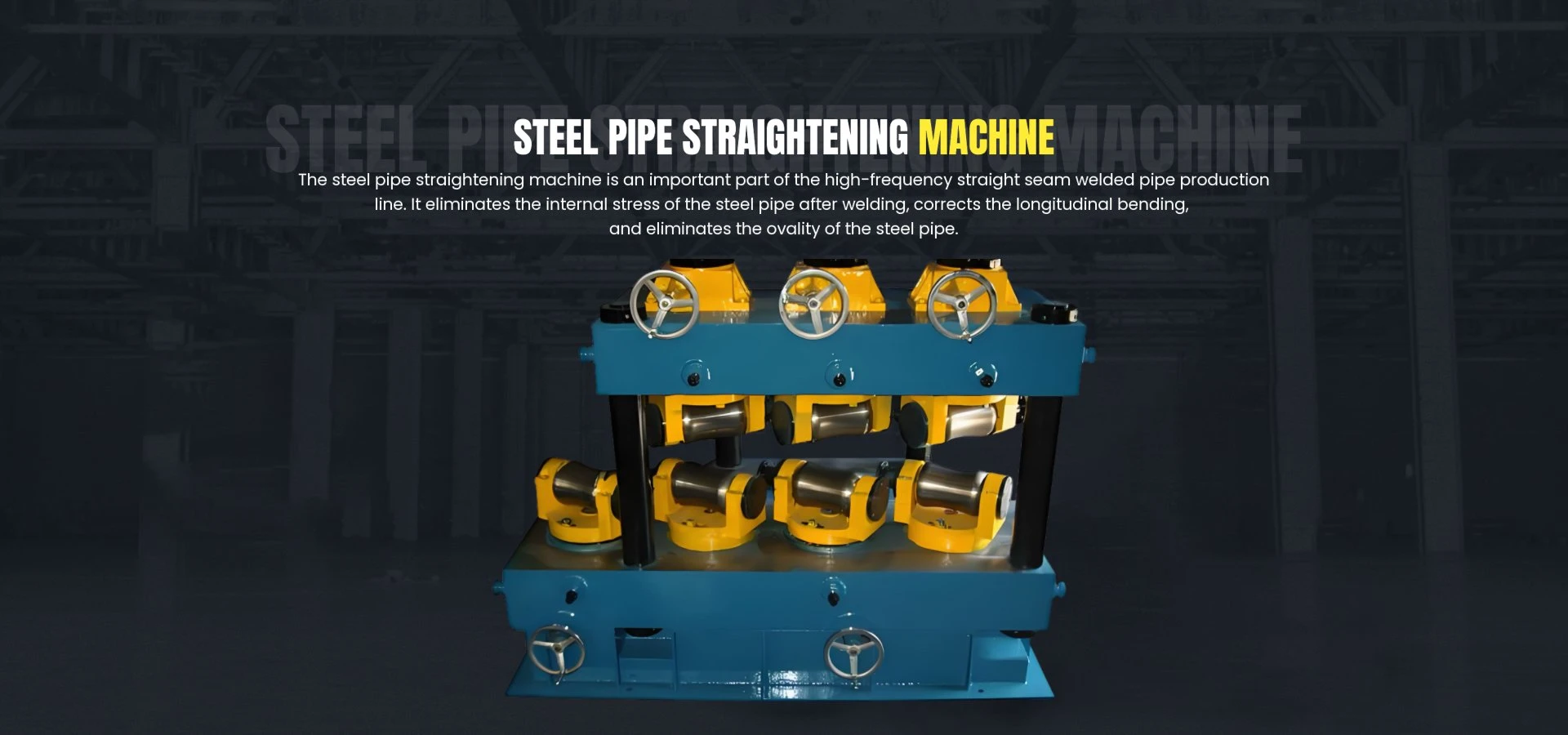Seamless Pipe Manufacturing Process and Equipment Overview
Seamless Pipe Production Line An Overview
The seamless pipe production line is a significant component of modern manufacturing technology, facilitating the creation of pipes without any welded seams. These pipes are vital for various industries, including oil and gas, construction, automotive, and chemical. The production of seamless pipes is complex and involves several critical processes, each contributing to the overall quality and efficiency of the final product.
Production Process
The manufacturing of seamless pipes typically begins with the selection of high-quality steel billets. These billets are heated in a furnace at high temperatures to achieve plasticity, which allows for easier deformation. The heating process is crucial, as it prepares the material for subsequent shaping.
Once heated, the billets are transferred to a piercer mill, where they are subjected to piercing processes. This step involves using a piercing plug to create a hollow tube from the solid billet. The resulting hollow piece is then elongated through the use of a series of rolling mills. The elongation process transforms the hollow tube into a seamless pipe of desired length and diameter.
After the initial shaping, the pipe undergoes further processing to enhance its mechanical properties. This often includes various forms of heat treatment, such as annealing, which relieves internal stresses and improves ductility. Following heat treatment, the pipes are subjected to non-destructive testing to ensure they meet stringent quality standards.
Quality Control
Quality control is a cornerstone of seamless pipe production. Each stage of the production process is closely monitored to detect any defects early on. Common quality control measures include ultrasonic testing, eddy current testing, and radiographic inspection. These tests assess the integrity of the pipes and help identify subsurface defects that may not be visible to the naked eye.
In addition to these tests, the production line adheres to international standards such as ASTM and ISO certifications. Compliance with these standards ensures that the finished pipes can withstand high pressures and extreme conditions, making them suitable for critical applications in hazardous industries.
seamless pipe production line

Customization and Applications
Seamless pipes can be customized to meet specific requirements dictated by client needs or industry applications. This includes variations in diameter, wall thickness, and material grade. Specialized pipes are manufactured for high-pressure applications, while others may be designed for corrosive environments involving chemicals and acids.
The applications for seamless pipes are extensive. In the oil and gas industry, they are used in drilling and transportation of hydrocarbons. In construction, these pipes provide structural integrity for buildings and bridges. Manufacturers also supply seamless pipes for boiler tubes, heat exchangers, and automotive exhaust systems.
Advancements in Technology
Recent advancements in technology have positively impacted the seamless pipe production line. Automation and Industry 4.0 principles are increasingly being adopted, leading to more efficient and precise manufacturing processes. The introduction of smart sensors and data analytics allows manufacturers to optimize production and rapidly respond to any defects or quality issues.
Furthermore, innovations in material science have led to the development of new steel grades that offer enhanced properties, such as increased strength and corrosion resistance. This is particularly important as industries face the challenges of operating in more demanding environments.
Conclusion
In conclusion, the seamless pipe production line represents a vital intersection of engineering and industrial technology. Its ability to produce high-quality, reliable pipes has made it indispensable across multiple sectors. As technology continues to evolve, the seamless pipe industry will likely witness further innovations that enhance productivity and expand its applications, solidifying its role in contemporary manufacturing.
-
High Frequency Straight Seam Welded Pipe Production Line-BzZhou Xinghua Machinery Equipment Manufacturing Co., LTD.|Precision Welding, High EfficiencyNewsJul.30,2025
-
High Frequency Straight Seam Welded Pipe Production Line|BzZhou Xinghua|Precision Welding&EfficiencyNewsJul.30,2025
-
High Frequency Straight Seam Welded Pipe Production Line - BzZhou Xinghua|Precision Engineering&EfficiencyNewsJul.30,2025
-
High-Frequency Straight Seam Welded Pipe Production Line-BzZhou Xinghua Machinery Equipment Manufacturing Co., LTD.NewsJul.30,2025
-
High-Frequency Straight Seam Welded Pipe Production Line-BzZhou Xinghua Machinery Equipment Manufacturing Co., LTD.|Precision Manufacturing, High EfficiencyNewsJul.30,2025
-
High Frequency Straight Seam Welded Pipe Production Line-BzZhou Xinghua Machinery Equipment Manufacturing Co., LTD.|Precision Steel Pipe Manufacturing&Industrial EfficiencyNewsJul.29,2025


